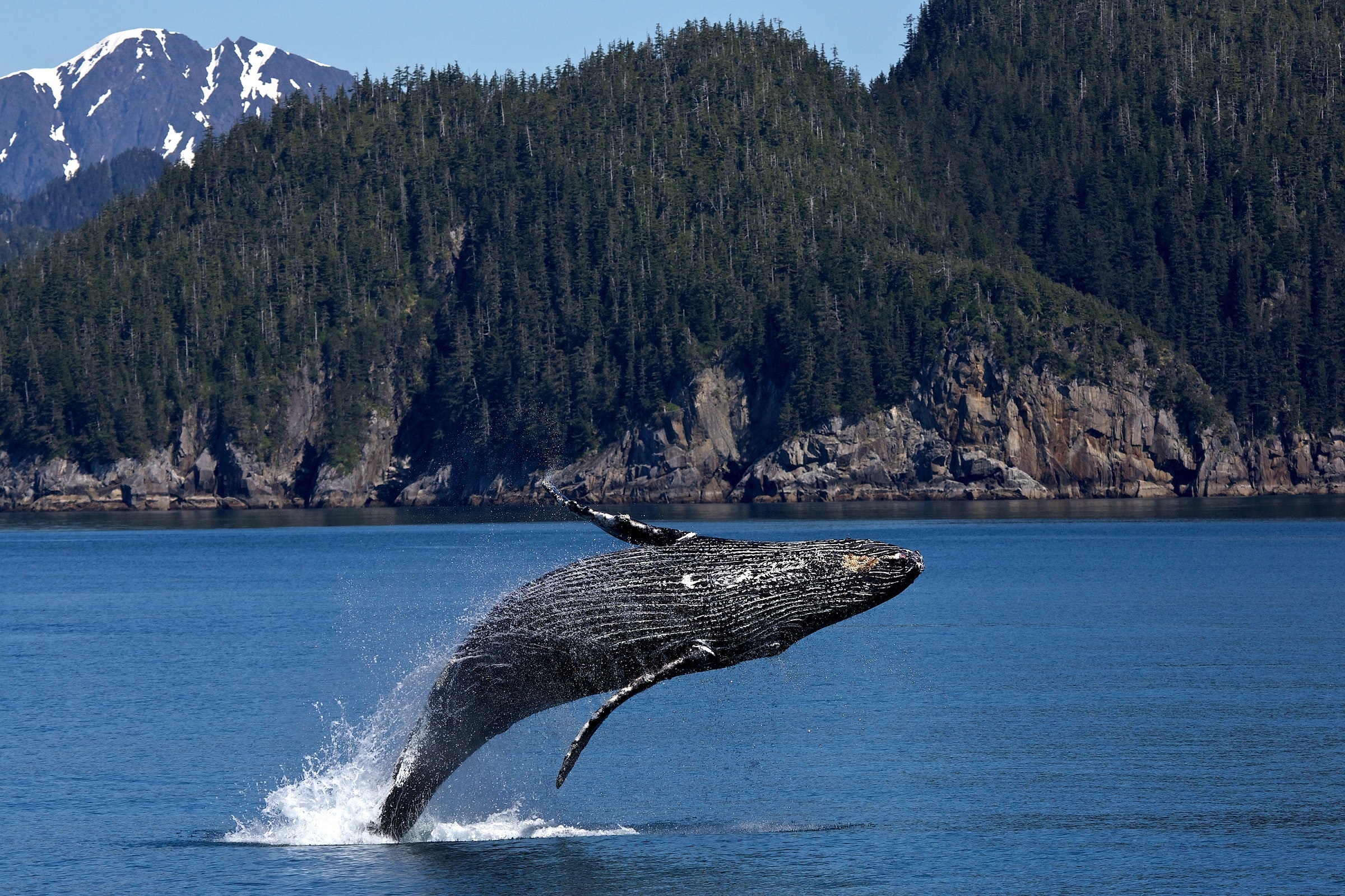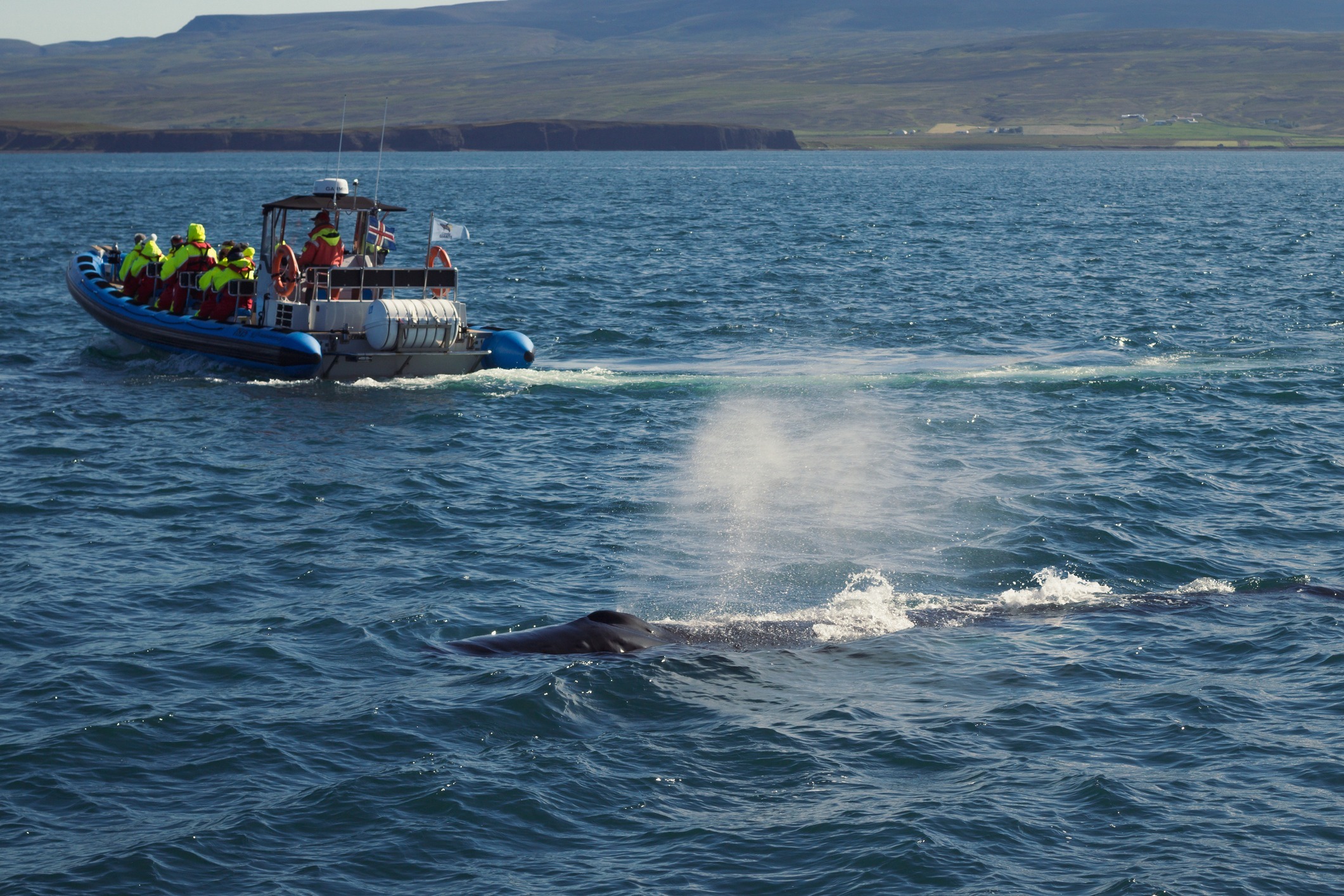An estimated 15 million whale watchers are recorded annually, and an increasing number drastically changes the record as more people love to see these gentle giants in the vast ocean. Whale watching is thrilling and could be an eye-opening experience on the eternal mystery of aquatic life.
Preparing for your whale-watching trip and knowing what to expect will ensure a successful trip. Take some time to research before you embark on this one-of-a-kind adventure. Staring at whales while cruising through the seas and getting splashed on by the waves is an exciting picture, but remember the things you must do to achieve this trip. One of the things you need to learn is the best places you can go to for whale watching. Lucky for you, this article gathered a handful of information on the best places to go for whale watching.
1. Vancouver Island, British Columbia
See killer, humpback, and Pacific gray whales on a whale-watching tour on Vancouver Island. An estimated 85 killer whales live in the waters around southern Vancouver and the southern Gulf Islands. About 20,000 Pacific Gray Whales currently follow their annual migration route down the west coast of Vancouver Island. The whale-watching season runs from March to November.
2.The Azores, Portugal
The Azores is a hidden gem in the middle of Atlantic Ocean, the perfect place to get away from the crowds and get close to nature. Few people know that it is also a great place to see whales and dolphins.
This archipelago, which is stranded in the northern Atlantic, serves as a stopover for whales traveling across the ocean. Plankton blooms in spring, fin, walrus, humpback, and blue whales congregate, and sperm whales live around the Azores all year round. The main islands of São Miguel and Faial have plenty of certified operators, but smaller boats head to Pico, which is quieter.
3. Maui, Hawaii
Maui is one of Hawaii’s most popular travel destinations, with idyllic year-round temperatures, gorgeous beaches, lush rainforests, and some of the world’s most scenic drives. But it is also known for humpback whales.
In winter, these 40- to 52-foot-long giant creatures grace Hawaii’s waters, especially the shores of Maui, for their annual winter migration across the Pacific Ocean from mid-December to late April.
4. Baja California Sur, Mexico
One of the best places on earth in terms of diversity, the Sea of Cortez in Baja California Sur is famously called the “Aquarium of the World” by Jacques Cousteau, a famous French marine explorer.
Baja California Sur is famous not only for its many colorful fish, dolphins, sea turtles, and other sea creatures but also for its inhabitants, from blue whales to humpback and gray whales. From December to February, humpback whales can be seen whistling in the waters of the Sea of Cortez and the Pacific Ocean.
5. Mirissa, Sri Lanka
The small tourist town of Mirissa on Sri Lanka’s southern coast is famous for whale watching, especially for its plankton-rich waters. Whale watching is typically very good from November to April, when the water is calm. From May to October, the sea tends to be very rough, and during the monsoon season, there are no boat tours.
6. Iceland
The North Atlantic Ocean is a good feeding ground for different sea creatures. Whale-watching tours depart from the west or north of the country – Husavik is the main hub, but tours also depart from Reykjavik.
From May to September, this is a prime feeding ground for humpback whales, as well as a few unusual Blue Whales and Sperm Whales and Sei Whales.
7. Puerto Madryn, Argentina
This small, secluded town in Argentina’s beautiful Patagonia region is one of South America’s top destinations for whale watching, including southern right and killer whales.
The best time to catch them swimming is from June to December, when the animals come up to 20 feet from the shore. The area is also popular for penguins, which can be seen from late September to mid-March.
8. Silver Bank, Dominican Republic
Silver Bank is one of the few destinations where you can mingle and swim with humpback whales in their natural habitat. Covering about 649 square miles, the submerged beach and coral reef are located approximately 80 miles northeast of Puerto Prato in the Atlantic Ocean.
It is a designated ‘Marine Mammal Sanctuary,’ and North Atlantic humpback whales migrate each winter to create a unique sanctuary where they can give birth and find new mates.
9. San Juan Islands, Washington, USA
Located on the western coast of Washington State, United States, the San Juan Islands are another popular destination for orca whales, along with gray, humpback, seals, minke, otters, and dolphins. This place is the habitat of killer whales that live in the south.
10. Hervey Bay, Australia
Hervey Bay is a great spot for whale watching. Located on Australia’s east coast, this bay is known for its excellent whale-watching opportunities.
There are many different whale-watching experiences in Land Down Under, but one of the best spots is the seaside town of Hervey Bay in southern Queensland. From mid-July to November, the protected Great Sandy Marine Park is a favorite resting spot for humpback whales, particularly the younger ones.
11. Kaikoura, New Zealand
Kaikoura’s small village has a well-deserved reputation as one of the world’s top ecotourism and whale-viewing destinations. It is located in the eastern part of New Zealand and is blessed with an incredible variety of marine life.
Fur seals, bottlenose dolphins, and seabirds can be spotted, along with seasonal visits by year-round sperm, humpback, and even great blue whales.
12. Hermanus, Western Cape, South Africa
Southern right humpback Bryde’s can be spotted in this good location as two oceans diverge, resulting in a tremendous diversity of marine life. Western Cape has sheltered bays and warmer waters that provide calving spots for migrating whales.
The ideal time to go whale watching is from September and October, as you can have sightings of these majestic giants almost every day. Bryde’s and humpback whales can also be seen. The best way to do this is on a whale-watching boat, but if you prefer to spot them from land, you can do so from the cliffs or shore.
Conclusion
Watching whales in their natural environment is an experience no one can ever forget. There is something magical about these highly intelligent mammals, and the joy they bring could put anyone to tears. If you are lucky enough to go whale or dolphin watching, do so responsibly by doing your research about the things to remember before catching a glimpse of these sea creatures. Follow the voluntary or mandatory protocols and enjoy the entire experience.




